John Garver (Union College), Jeff Rahl (Washington and Lee), Mark Brandon (Yale), and Alison Anders (University of Illinois), and Devin McPhillips (Yale) directed a project in the Swiss Alps aimed at understanding the tectonic evolution of the Alps and the role that erosion has played in the evolution of the mountain system. Perhaps the best studied mountain range on the planet, the Alps are an ideal location to examine the influence of both tectonics and climate on mountain building processes. This project exposed students to the dynamics of the tectonic-climatic system and projects focused on tectonics, geochemistry, and geomorphology.
TEAM LEADERS
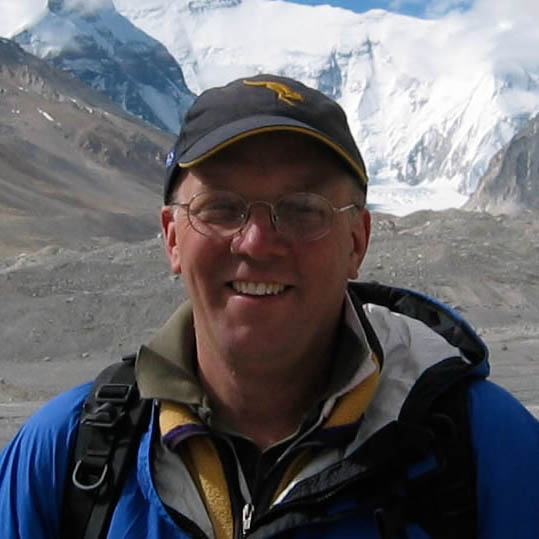 JOHN I. GARVER, Professor UNION COLLEGE. Research on the evolution of orogenic belts and thermochronology. JOHN I. GARVER, Professor UNION COLLEGE. Research on the evolution of orogenic belts and thermochronology.
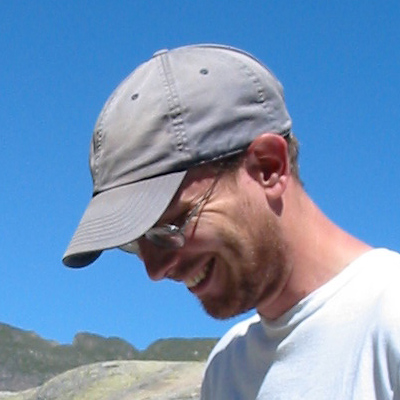 JEFF RAHL, Assistant professor at WASHINGTON AND LEE. Research interests in tectonics, and the processes that control the formation, growth, and erosion of mountain belts. JEFF RAHL, Assistant professor at WASHINGTON AND LEE. Research interests in tectonics, and the processes that control the formation, growth, and erosion of mountain belts.
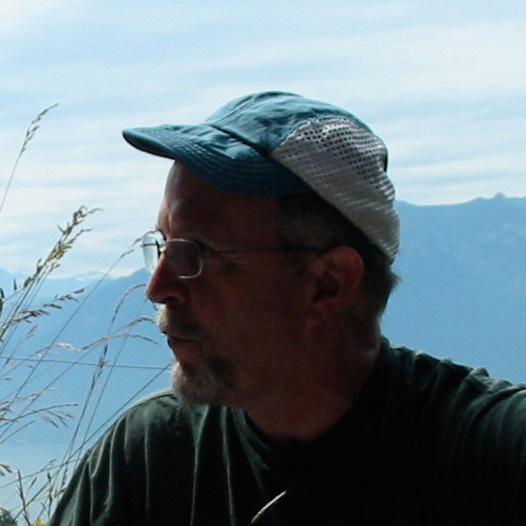 MARK T. BRANDON, Professor at YALE UNIVERSITY. Research is focused on the tectonic evolution of convergent wedges. MARK T. BRANDON, Professor at YALE UNIVERSITY. Research is focused on the tectonic evolution of convergent wedges.
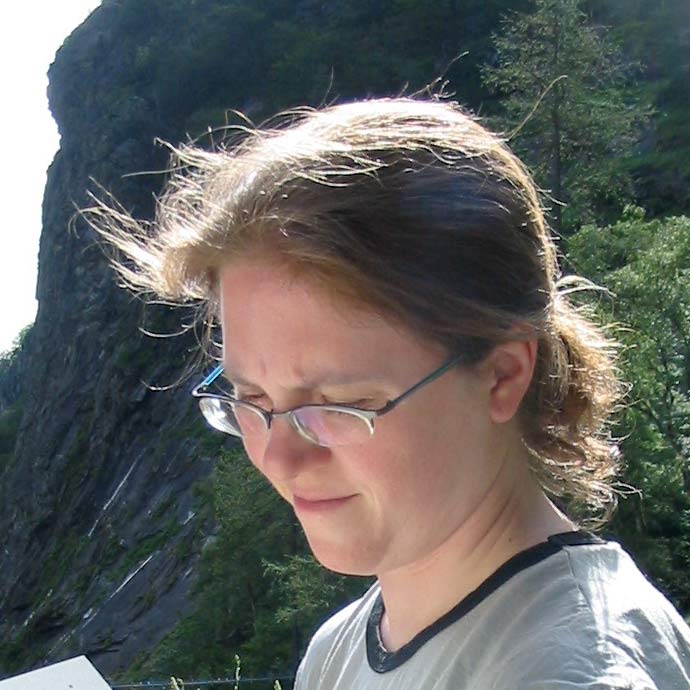 ALLISON ANDERS, Assistant Professor at UNIVERSITY of ILLINOIS (UC). Research on the evolution of landscapes and climates as they are shaped by geologic and atmospheric processes. In mountainous environments the topographic form, climate, pattern of erosion, and tectonic development of mountain ranges interact and cannot be determined independently of one another. ALLISON ANDERS, Assistant Professor at UNIVERSITY of ILLINOIS (UC). Research on the evolution of landscapes and climates as they are shaped by geologic and atmospheric processes. In mountainous environments the topographic form, climate, pattern of erosion, and tectonic development of mountain ranges interact and cannot be determined independently of one another.
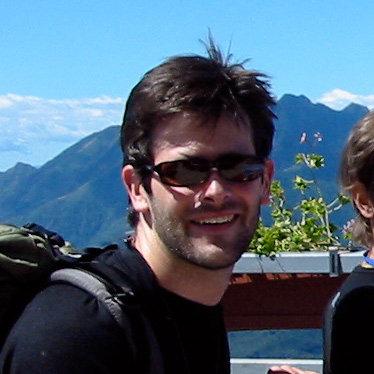 DEVIN McPHILLPS, Ph.D. Candidate at YALE UNIVERSITY. Research on Tectonic and surface processes, geochronology; the application of thermochronologic data to problems like backthrusting in accretionary wedges and the creation of topographic relief. DEVIN McPHILLPS, Ph.D. Candidate at YALE UNIVERSITY. Research on Tectonic and surface processes, geochronology; the application of thermochronologic data to problems like backthrusting in accretionary wedges and the creation of topographic relief.
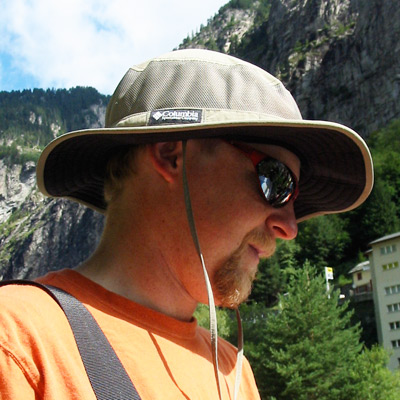 JONATHAN TOMPKIN, University of Illinois. (Visiting researcher) Research on the relationship between erosion and orogenic development. JONATHAN TOMPKIN, University of Illinois. (Visiting researcher) Research on the relationship between erosion and orogenic development.
KECK STUDENTS
 . William (Bill) Barnhart, Washington and Lee - TEAM: STRUCTURE. "Studying at Washington & Lee University has afforded me the opportunity to participate in three separate research endeavors and allowed me to build a broad background in geology through a wide range of classes. In the field, I have researched the erosional characteristics of a bedrock knickpoint with David Harbor, compared the geochemical influences of lithology on stream quality, and performed geophysical analysis on archaeological remains in a carbonate floodplain. Through this wide exposure from field work and classes, I've had time and experience to narrow down my academic passion to the processes of mountain formation, both tectonically and geomorphically." . William (Bill) Barnhart, Washington and Lee - TEAM: STRUCTURE. "Studying at Washington & Lee University has afforded me the opportunity to participate in three separate research endeavors and allowed me to build a broad background in geology through a wide range of classes. In the field, I have researched the erosional characteristics of a bedrock knickpoint with David Harbor, compared the geochemical influences of lithology on stream quality, and performed geophysical analysis on archaeological remains in a carbonate floodplain. Through this wide exposure from field work and classes, I've had time and experience to narrow down my academic passion to the processes of mountain formation, both tectonically and geomorphically."
TENTATIVE RESEARCH TITLE: Strain analysis of backfolding in the Maggia Nappe, Swiss Alps.
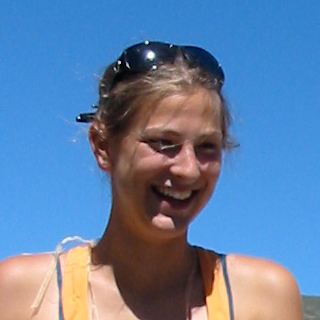 . Kat Compton, Whitman College - TEAM: STRUCTURE. " Geomorphology was my favorite upper level geology class and the structure unit of my introductory class fascinated me as did Structural Analysis last spring and my field mapping course. I would like to gain experience working in the field. Participating in Alps research project would expose me to the practical application of geology while allowing me to learn and practice field research techniques specific to structural geology. Participating in a Keck project would help me accomplish two goals academically. I want to graduate from Whitman with an honors degree and my Keck research would count as the thesis work I have to complete as one of the requirements for honors. In addition to enhancing my undergraduate education, the experience I will gain by taking part in a Keck project will be very valuable when I go to graduate school. Having research experience before my graduate program will allow me to get more out of my education. . Kat Compton, Whitman College - TEAM: STRUCTURE. " Geomorphology was my favorite upper level geology class and the structure unit of my introductory class fascinated me as did Structural Analysis last spring and my field mapping course. I would like to gain experience working in the field. Participating in Alps research project would expose me to the practical application of geology while allowing me to learn and practice field research techniques specific to structural geology. Participating in a Keck project would help me accomplish two goals academically. I want to graduate from Whitman with an honors degree and my Keck research would count as the thesis work I have to complete as one of the requirements for honors. In addition to enhancing my undergraduate education, the experience I will gain by taking part in a Keck project will be very valuable when I go to graduate school. Having research experience before my graduate program will allow me to get more out of my education.
TENTATIVE RESEARCH TITLE: Strain Analysis and Integration in the Laghetti Area, Maggia Nappe, Swiss Alps
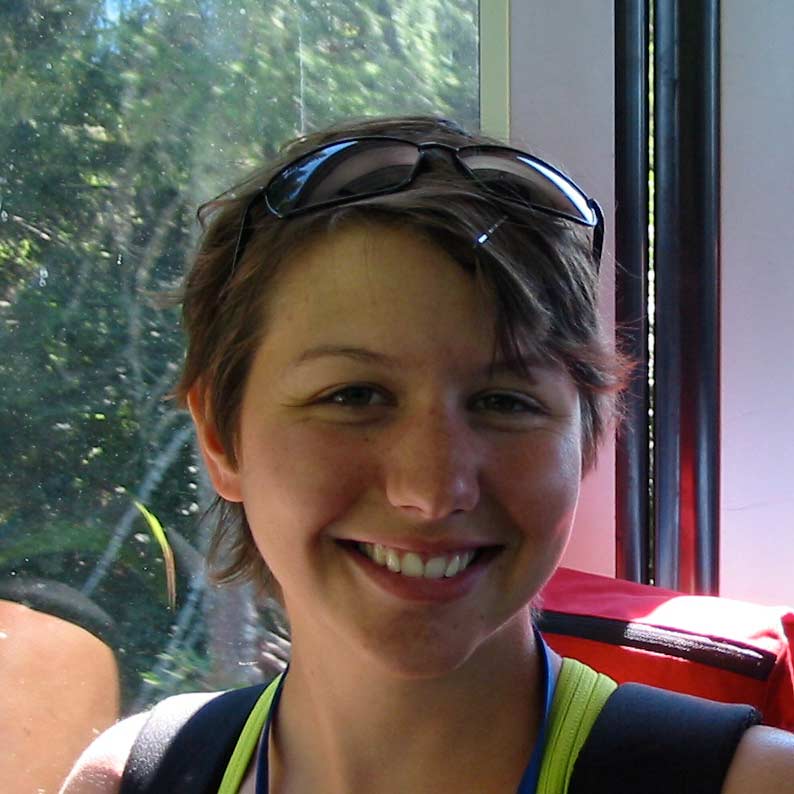 . Rosabla Queirolo, Union College - TEAM: THERMOCHRON." I am captivated by the mechanics of tectonic systems and stratigraphy. In every class following "Stratigraphy and Depositional Environments of NY" and "Structural Geology", I functioned like a cognitive sponge. Every bit of information somehow relevant to the Taconic Orogeny of Northwestern New York… I would like to develop a uniform and detailed picture of orogenesis, as influenced by tectonics and climate. My two years experience in fission track dating working with Robert Fleischer and great interest in stratigraphy seem like the perfect combination to tackle the vertical transect of low-temperature thermochronometers project." . Rosabla Queirolo, Union College - TEAM: THERMOCHRON." I am captivated by the mechanics of tectonic systems and stratigraphy. In every class following "Stratigraphy and Depositional Environments of NY" and "Structural Geology", I functioned like a cognitive sponge. Every bit of information somehow relevant to the Taconic Orogeny of Northwestern New York… I would like to develop a uniform and detailed picture of orogenesis, as influenced by tectonics and climate. My two years experience in fission track dating working with Robert Fleischer and great interest in stratigraphy seem like the perfect combination to tackle the vertical transect of low-temperature thermochronometers project."
TENTATIVE RESEARCH TITLE: Exhumation History determined by Zircon Fission Track Dating of the Southern Swiss Alps
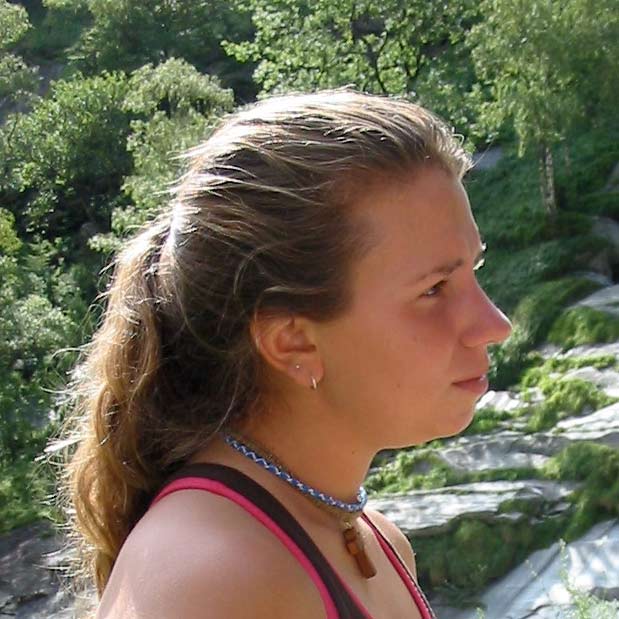 . Lindsay Rathnow, University of Illinois - TEAM: GEOMORPHOLOGY. "This research experience will definitely help strengthen my knowledge of different areas of geology. I will be able to use what I have already learned and apply it in the field. Last semester, I took a field geology course in which we traveled to Curacao. I really enjoyed the experience of traveling and learning geology, and I would love to have a similar opportunity. I feel most at home when I am outside." . Lindsay Rathnow, University of Illinois - TEAM: GEOMORPHOLOGY. "This research experience will definitely help strengthen my knowledge of different areas of geology. I will be able to use what I have already learned and apply it in the field. Last semester, I took a field geology course in which we traveled to Curacao. I really enjoyed the experience of traveling and learning geology, and I would love to have a similar opportunity. I feel most at home when I am outside."
TENTATIVE RESEARCH TITLE: Tree Rings and the Flood History of Ticino, Switzerland.
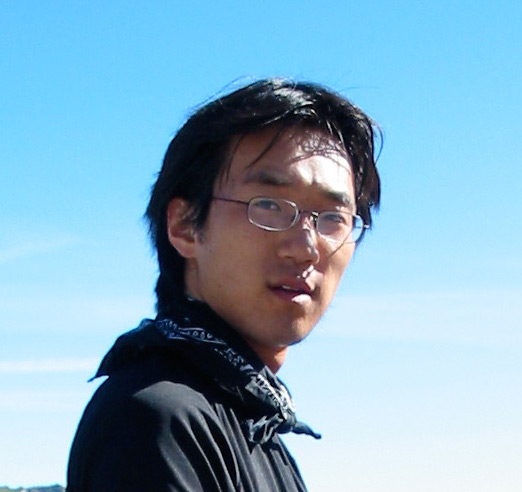 Scott Reynout, Beloit College - TEAM: GEOMORPHOLOGY. " The Alps provide a locale that is far removed from Beloit, Wisconsin geographically, geologically, and culturally. By necessity, geology is taught by region. While my region facilitates the study of continental glaciations and their effects, there is no opportunity to get hands-on experience with alpine glaciation. Furthermore, the study of erosional processes is heavily guided by a student’s proximity (or lack thereof) to major mountain ranges, and it is quite difficult to conduct hands-on studies of convergent tectonics in the middle of a continental platform. Nevertheless, I have learned much about each of these locally underrepresented facets of geology, and am only waiting for an opportunity to apply this knowledge. My ultimate career goal is to study alpine environments and their relationship to climate. The very location of the Alps will allow me to apply learned experience in an unfamiliar setting." Scott Reynout, Beloit College - TEAM: GEOMORPHOLOGY. " The Alps provide a locale that is far removed from Beloit, Wisconsin geographically, geologically, and culturally. By necessity, geology is taught by region. While my region facilitates the study of continental glaciations and their effects, there is no opportunity to get hands-on experience with alpine glaciation. Furthermore, the study of erosional processes is heavily guided by a student’s proximity (or lack thereof) to major mountain ranges, and it is quite difficult to conduct hands-on studies of convergent tectonics in the middle of a continental platform. Nevertheless, I have learned much about each of these locally underrepresented facets of geology, and am only waiting for an opportunity to apply this knowledge. My ultimate career goal is to study alpine environments and their relationship to climate. The very location of the Alps will allow me to apply learned experience in an unfamiliar setting."
TENTATIVE RESEARCH TITLE: Evaluating the role of climate in exhumation: A comparative study of cirque floor elevations across the Swiss/Italian Alps.
.
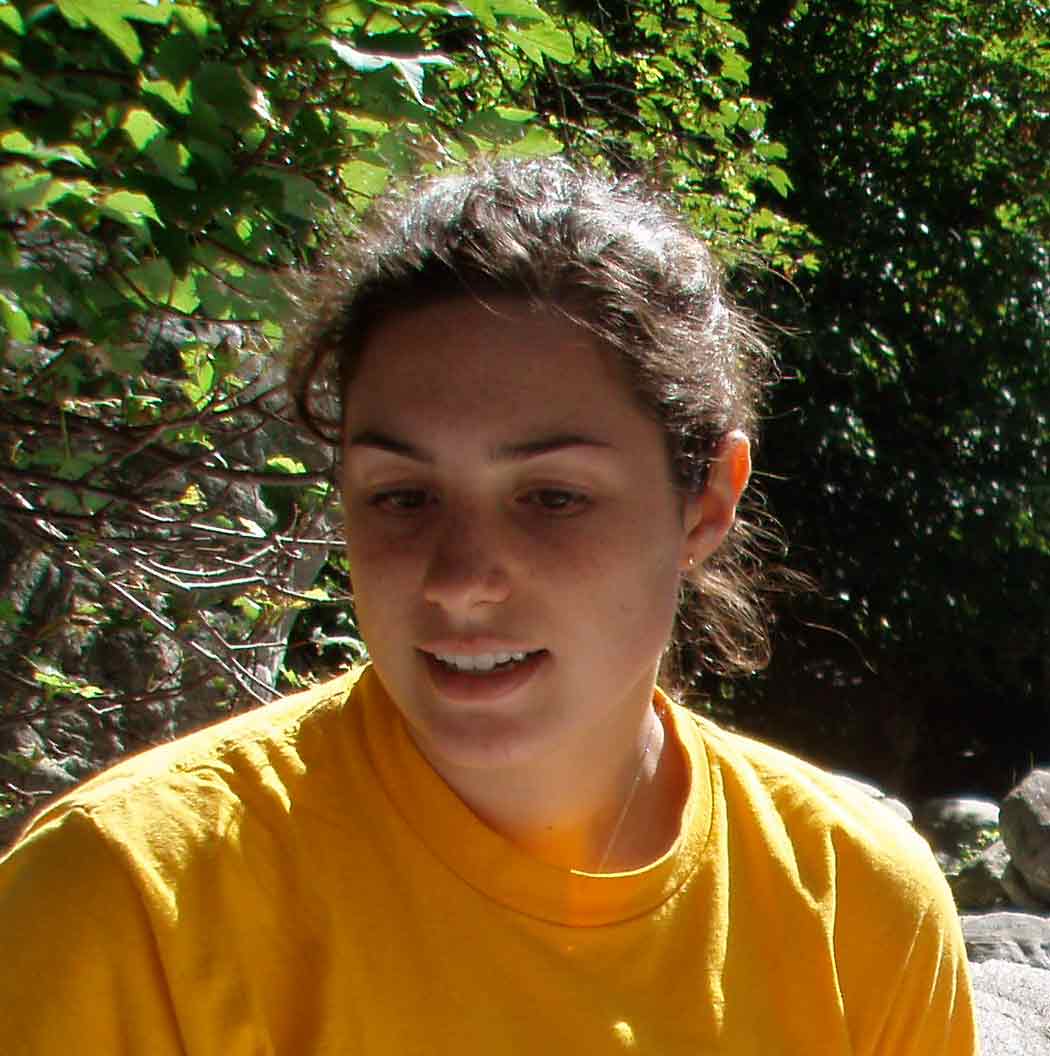 . Libby Ritz, Carleton College - TEAM: GEOMORPHOLOGY. "This project is attractive because I am most interested in tectonic, structural, and other (larger-scale) aspects of geology. Since studying coastal bio-geoscience in Australia last year, climate and other factors that are currently changing the landscape interest me as well. Learning about tectonics AND climate together would be spectacular, and I would love to share what I had learned with my peer geo-majors and faculty! . Libby Ritz, Carleton College - TEAM: GEOMORPHOLOGY. "This project is attractive because I am most interested in tectonic, structural, and other (larger-scale) aspects of geology. Since studying coastal bio-geoscience in Australia last year, climate and other factors that are currently changing the landscape interest me as well. Learning about tectonics AND climate together would be spectacular, and I would love to share what I had learned with my peer geo-majors and faculty!
TENTATIVE RESEARCH TITLE: Precipitation and Incision Rates in the Swiss Alps.
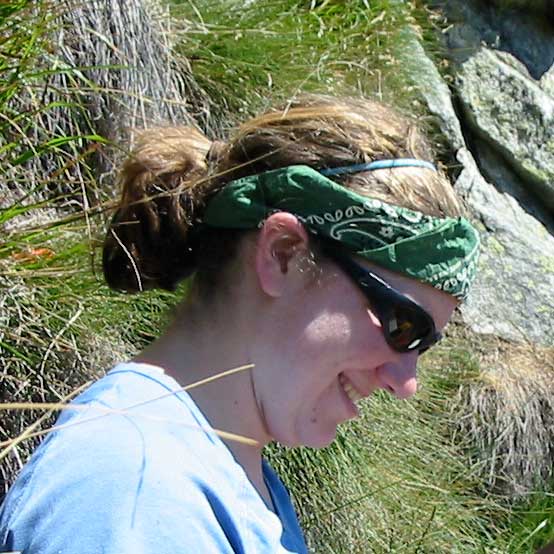 . Jessica Stanley, Massachusetts Institute of Technology - TEAM: THERMOCHRONOLOGY. "The Alps project is in line with my academic, personal and professional objectives, as I am very interested in geomorphology, and I wish to expand my studies in this area. I took an upper level geomorphology class last semester, and thoroughly enjoyed it. I find the interaction of the large earth systems, especially the climate system and tectonics to be very compelling. I enjoyed the lab work and the field based lab that we completed for this class, and it made me excited about participating in further geomorphology fieldwork." . Jessica Stanley, Massachusetts Institute of Technology - TEAM: THERMOCHRONOLOGY. "The Alps project is in line with my academic, personal and professional objectives, as I am very interested in geomorphology, and I wish to expand my studies in this area. I took an upper level geomorphology class last semester, and thoroughly enjoyed it. I find the interaction of the large earth systems, especially the climate system and tectonics to be very compelling. I enjoyed the lab work and the field based lab that we completed for this class, and it made me excited about participating in further geomorphology fieldwork."
TENTATIVE RESEARCH TITLE: Constraining the Exhumation History of the Ticino Region of the Swiss Alps using U/Th-He Thermochronogy.
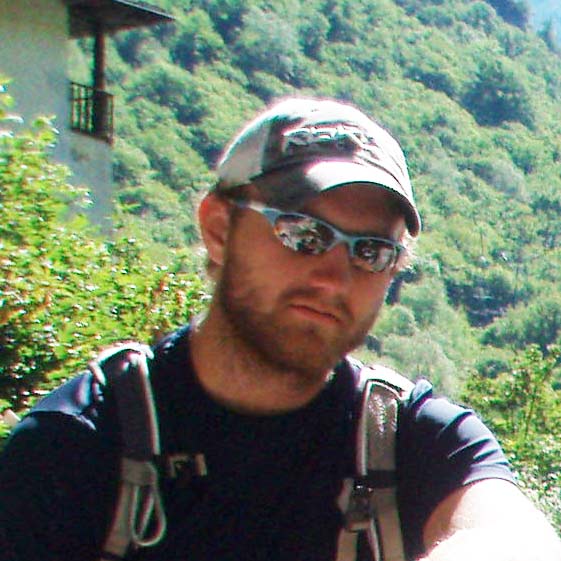 . Mike Werner, Colgate University - TEAM: GEOMORPHOLOGY. "I have always wanted to enrich my educational experience by traveling abroad and studying in a field research environment. This Keck project will offer me the field experience and research mechanics essential to a successful future in the geosciences. Personally, I am looking forward to the challenge of the independent research paper following the field research." . Mike Werner, Colgate University - TEAM: GEOMORPHOLOGY. "I have always wanted to enrich my educational experience by traveling abroad and studying in a field research environment. This Keck project will offer me the field experience and research mechanics essential to a successful future in the geosciences. Personally, I am looking forward to the challenge of the independent research paper following the field research."
TENTATIVE RESEARCH TITLE: Lichenometry of Boulder Surfaces to Date Flood events in the Lepontine Dome, Switzerland.
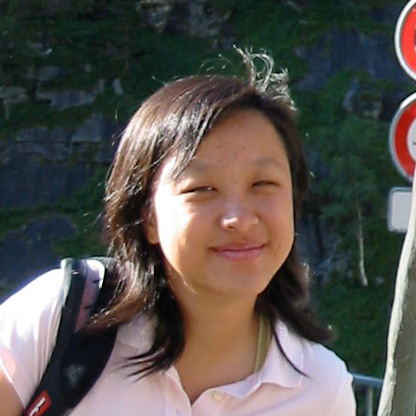 . Elizabeth (Liz) Wong, Yale Univerity - TEAM: GEOMORPHOLOGY. "Participating in the Alps project would offer me the chance to work with a larger research group, which is something that I haven’t had the chance to do in my undergraduate career at Yale. I would appreciate the opportunity to interact and engage in a healthy exchange of dialogue with other undergraduates. I would also relish the chance to spend four weeks in the field, as working outdoors requires a special set of skills, as opposed to working in a laboratory. Working on an independent research project would be good preparation for graduate school and a future research career." . Elizabeth (Liz) Wong, Yale Univerity - TEAM: GEOMORPHOLOGY. "Participating in the Alps project would offer me the chance to work with a larger research group, which is something that I haven’t had the chance to do in my undergraduate career at Yale. I would appreciate the opportunity to interact and engage in a healthy exchange of dialogue with other undergraduates. I would also relish the chance to spend four weeks in the field, as working outdoors requires a special set of skills, as opposed to working in a laboratory. Working on an independent research project would be good preparation for graduate school and a future research career."
TENTATIVE RESEARCH TITLE: Quantifying the effect of flood events on erosion in the Lepontine Dome.
PARTICIPATING STUDENTS
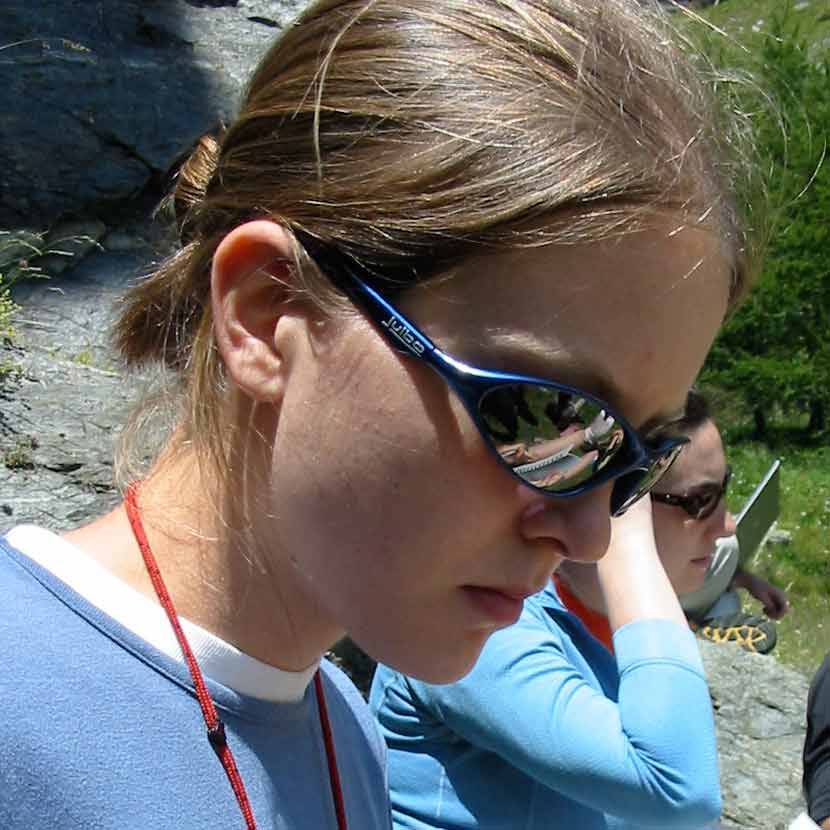 . Claire Bucholz, Yale Univerity - TEAM: STRUCTURE. "By participating in the Swiss Alps Keck Project I hoped to gain a
sense of the steps involved in creating and completing a research
project before my final senior thesis project. I was able to focus on
an area of geology, igneous petrology, that has always fascinated me,
but that I have never studied rigorously. By finding a problem of a
manageable scale, researching the pertinent topics, and figuring out
what kind of field samples and measurements were necessary, I was
able both to get a sense of how to create a research project and
broaden my understanding of igneous petrology. I believe that both
the field and analytical experience that I gained from the Keck
Project has given me confidence in tackling a larger project for my
senior year by giving me an understanding of the research process.' . Claire Bucholz, Yale Univerity - TEAM: STRUCTURE. "By participating in the Swiss Alps Keck Project I hoped to gain a
sense of the steps involved in creating and completing a research
project before my final senior thesis project. I was able to focus on
an area of geology, igneous petrology, that has always fascinated me,
but that I have never studied rigorously. By finding a problem of a
manageable scale, researching the pertinent topics, and figuring out
what kind of field samples and measurements were necessary, I was
able both to get a sense of how to create a research project and
broaden my understanding of igneous petrology. I believe that both
the field and analytical experience that I gained from the Keck
Project has given me confidence in tackling a larger project for my
senior year by giving me an understanding of the research process.'
TENTATIVE RESEARCH TITLE: Mafic Enclaves in meta-granitic rocks in the Laghetti Area, Maggia Nappe, Swiss Alps .
Back to GEOLOGY at UNION
Back to J.I. Garver |
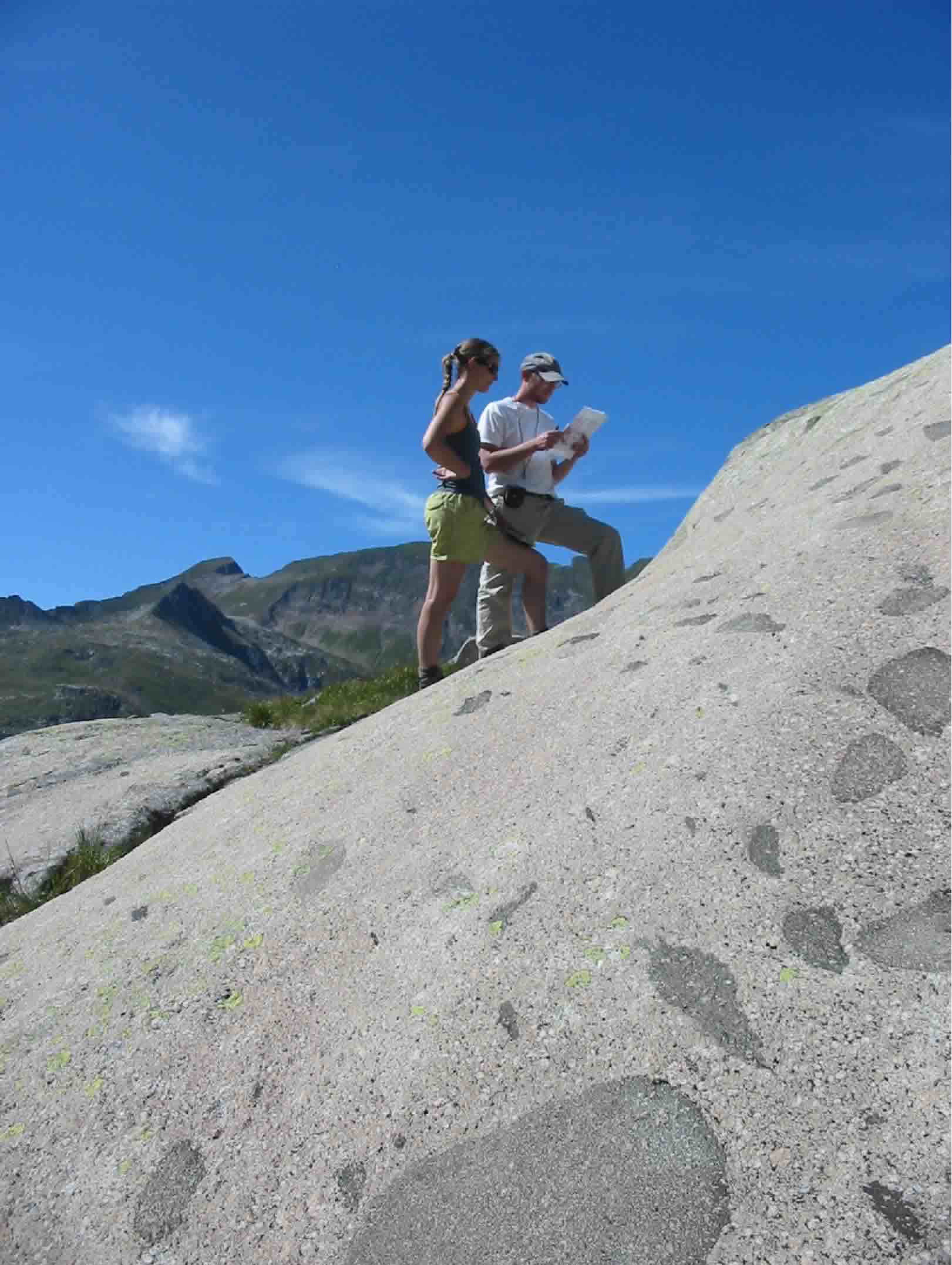
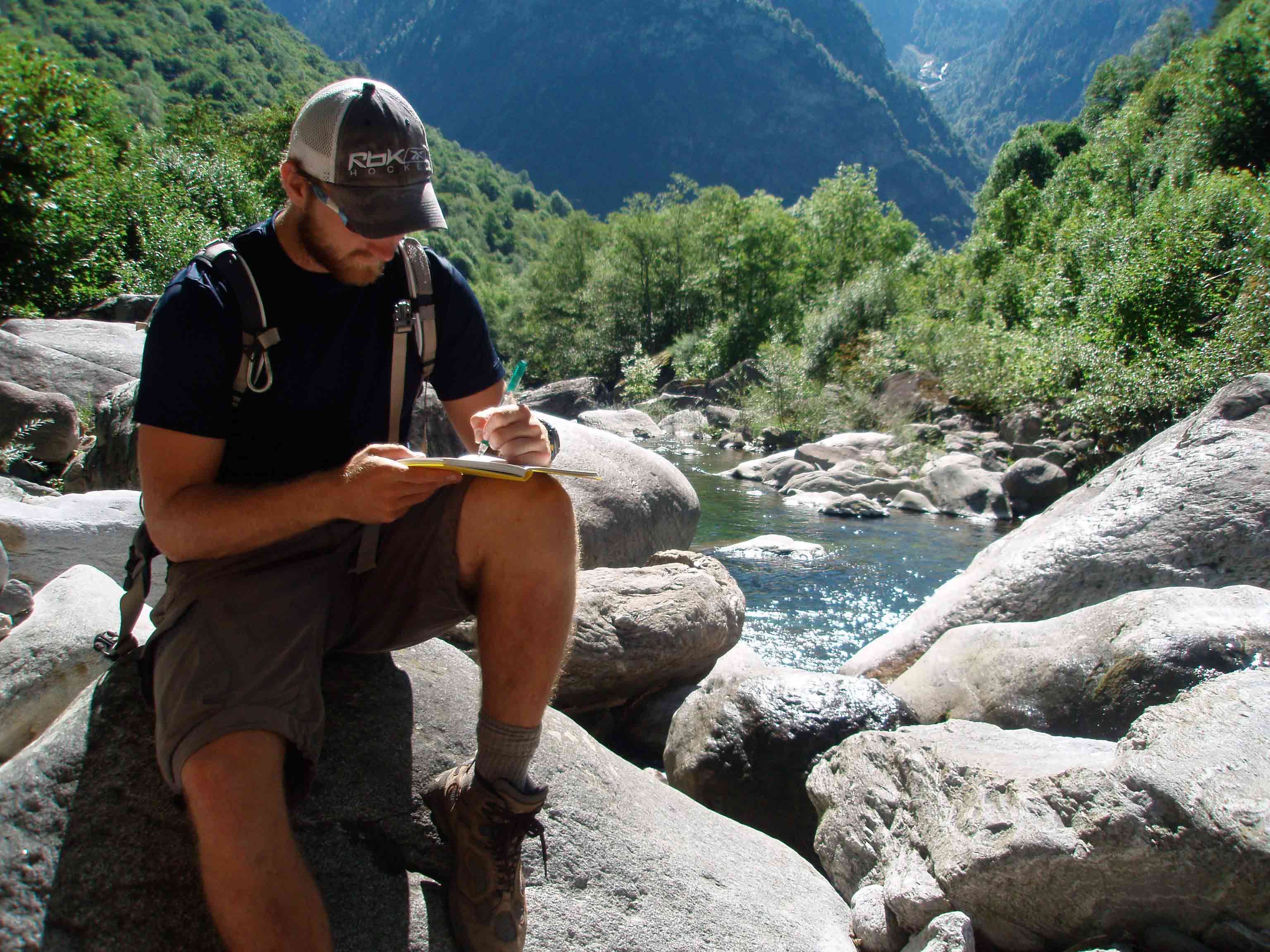
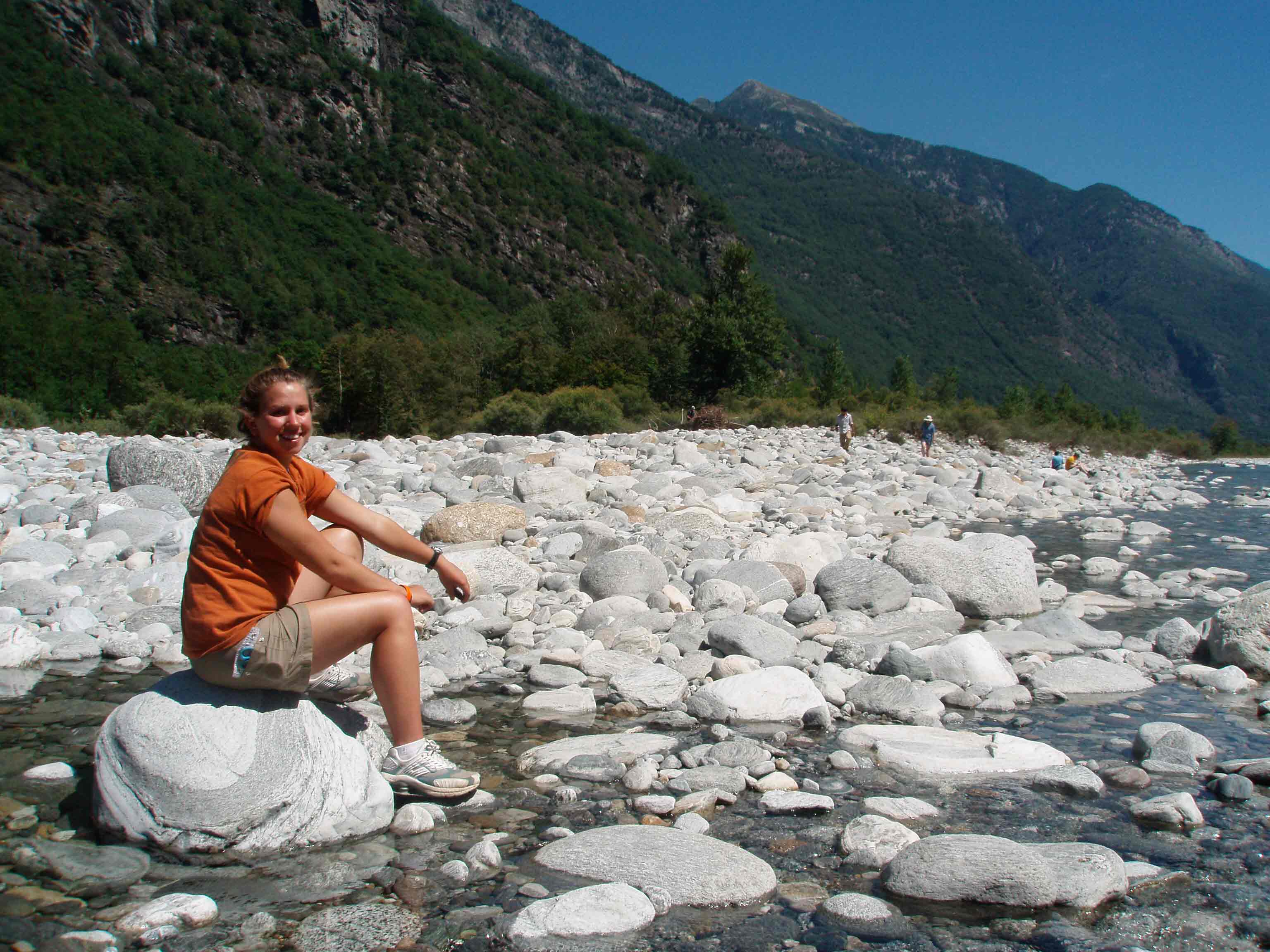
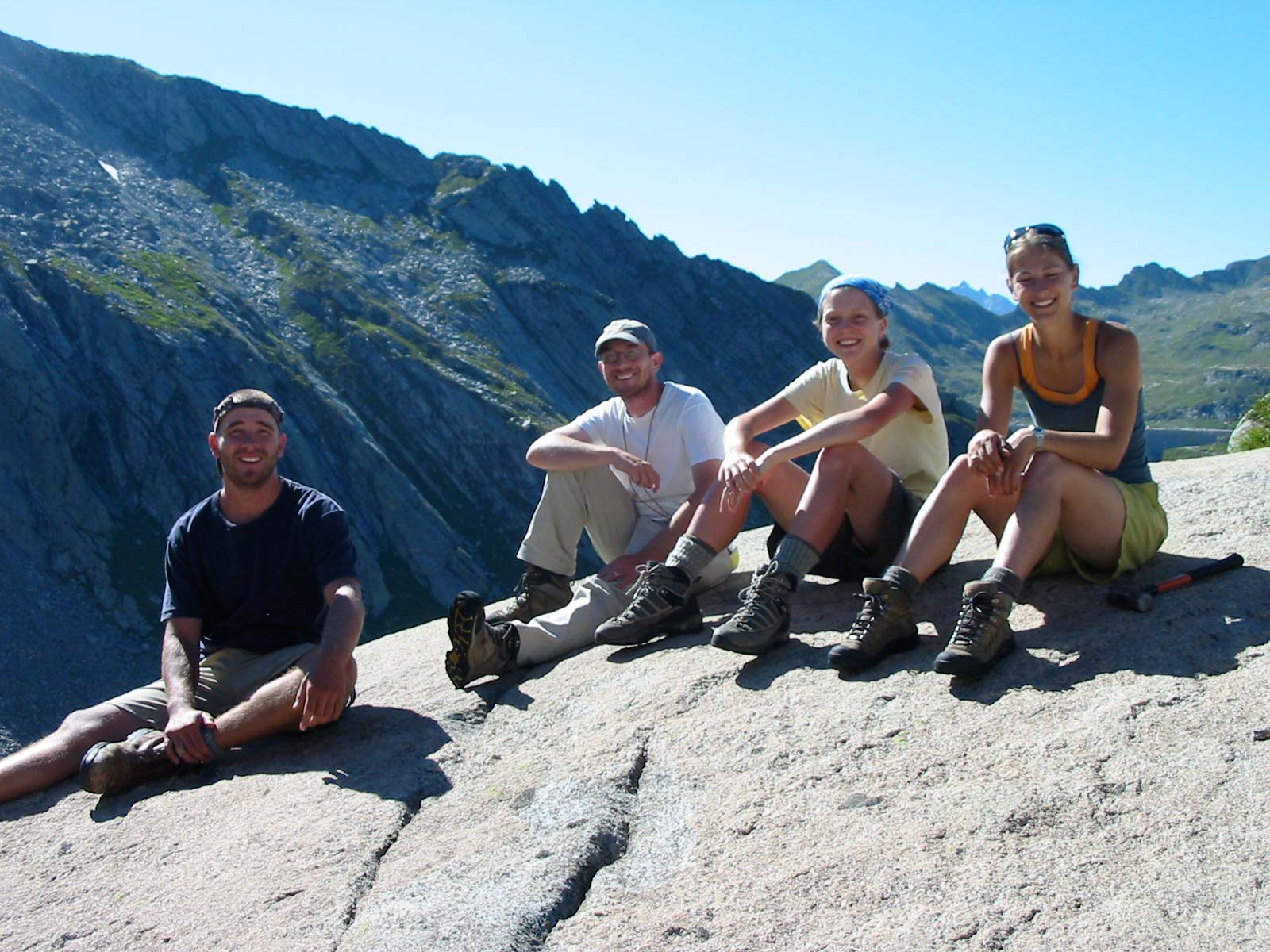
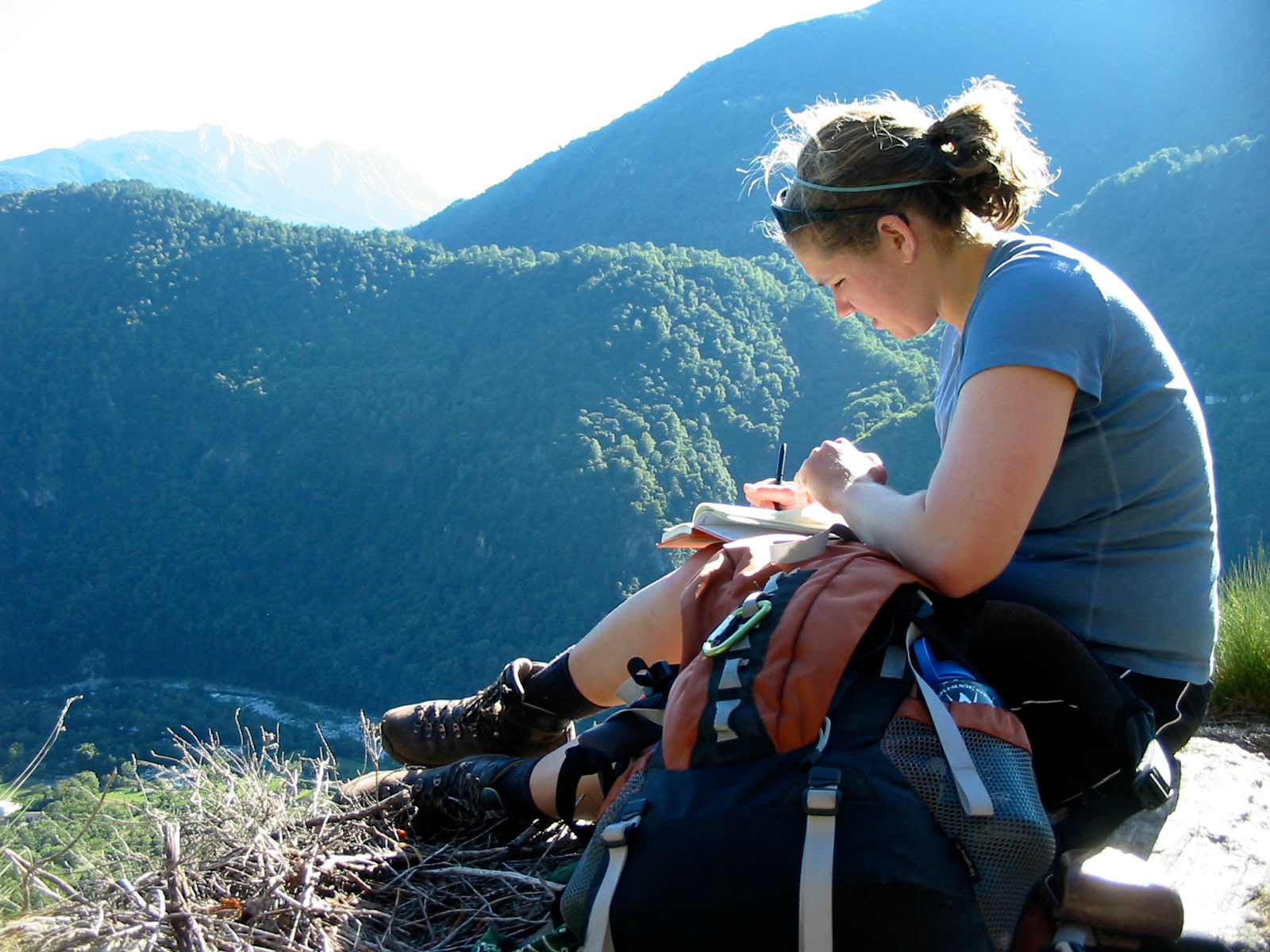
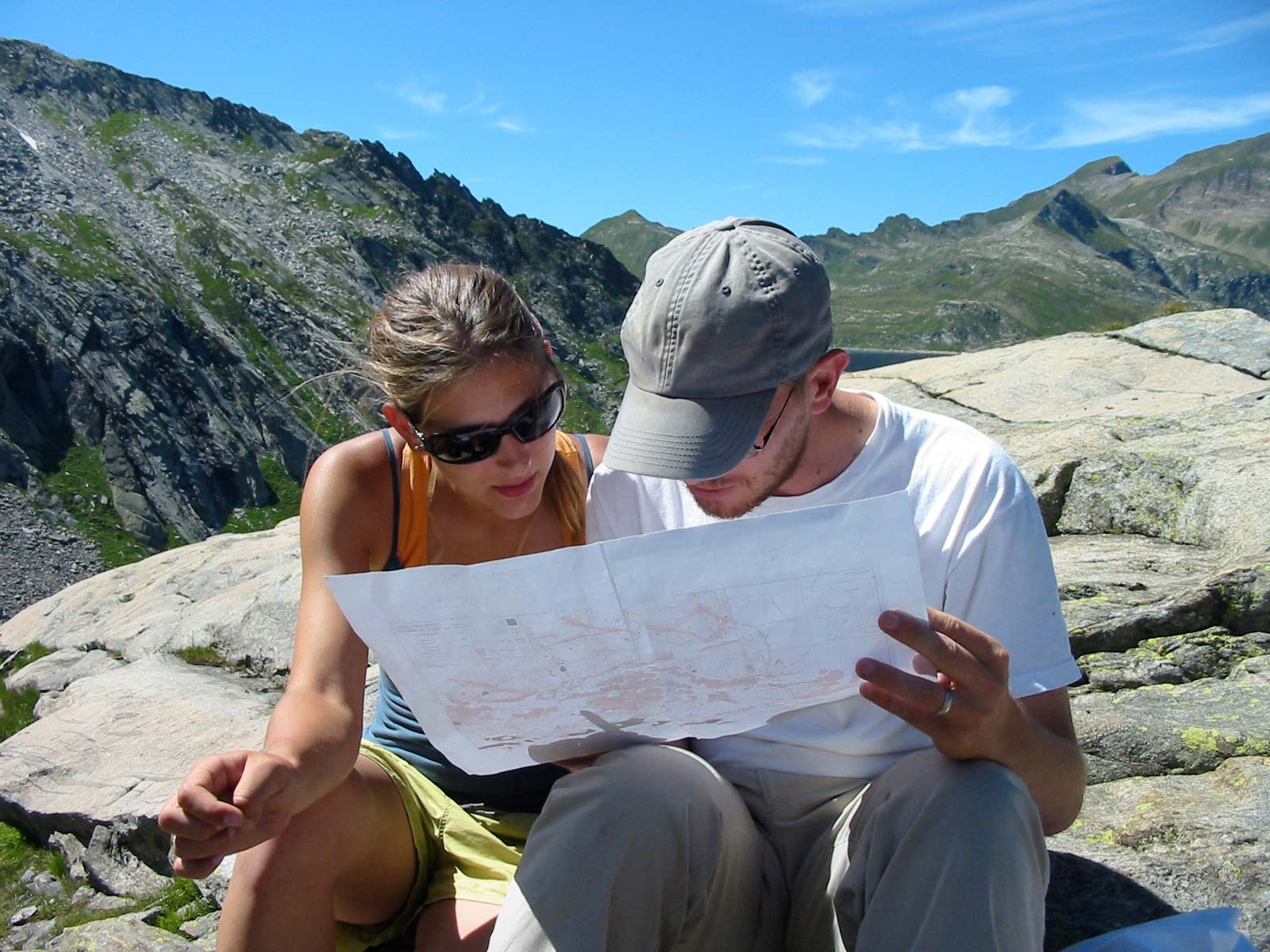
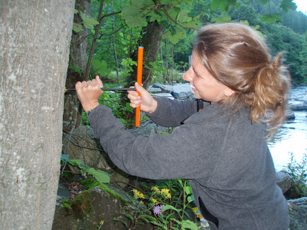
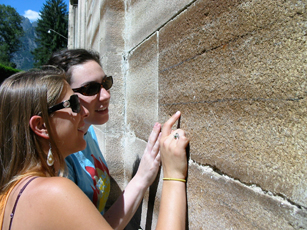
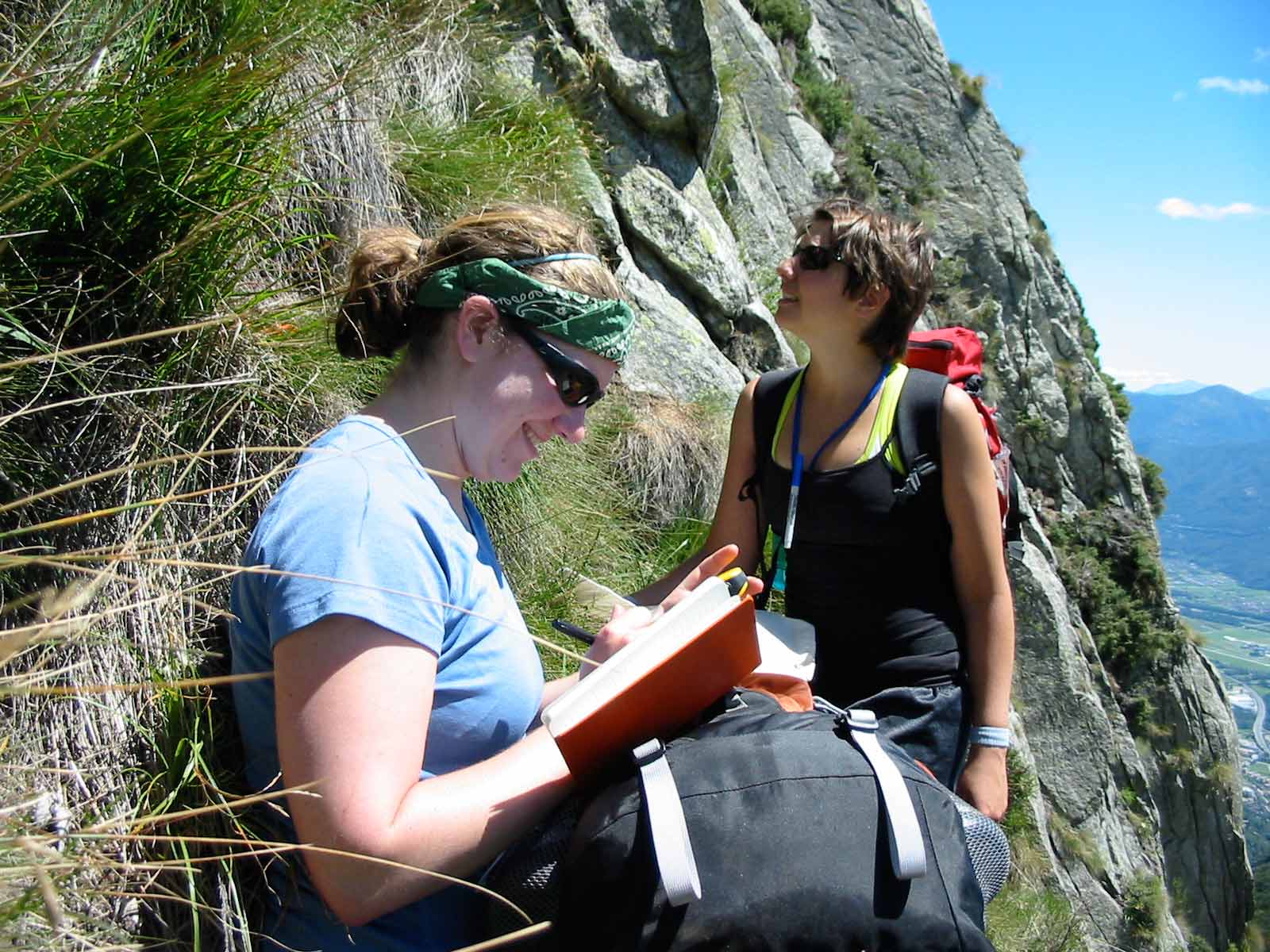
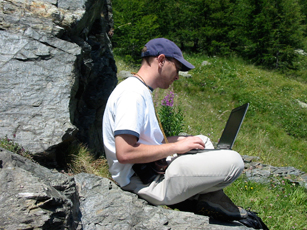
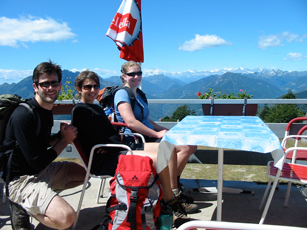
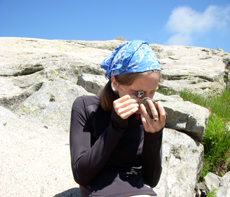
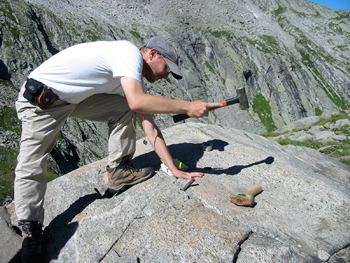


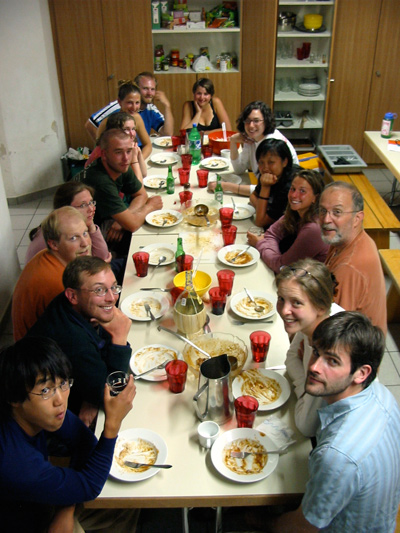

 JEFF RAHL, Assistant professor at WASHINGTON AND LEE.
JEFF RAHL, Assistant professor at WASHINGTON AND LEE.  MARK T. BRANDON, Professor at YALE UNIVERSITY.
MARK T. BRANDON, Professor at YALE UNIVERSITY. ALLISON ANDERS, Assistant Professor at UNIVERSITY of ILLINOIS (UC).
ALLISON ANDERS, Assistant Professor at UNIVERSITY of ILLINOIS (UC).  DEVIN McPHILLPS, Ph.D. Candidate at YALE UNIVERSITY.
DEVIN McPHILLPS, Ph.D. Candidate at YALE UNIVERSITY.  JONATHAN TOMPKIN, University of Illinois.
JONATHAN TOMPKIN, University of Illinois. 








